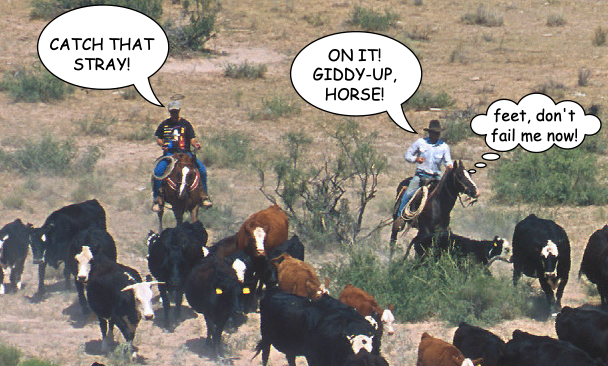Motion Behaviors
Game Development
Abstract
Natural-looking motion of intelligent agents is an important aspect to many video games. Intelligent motion is guided by a hierarchy of three levels of decision making. This POGIL activity will guide students in discovering the three levels and digging into the implementation of the middle level, steering. Specifically, this activity focuses on the most basic steering behavior, “seek,” in which an agent steers toward a specified target. The activity is intended to be late in a game development course when the student has already done some programming in Unity and has some understanding of vectors. The activity can be adapted to other environments besides Unity. Learning objectives include classifying motion behaviors, calculating steering forces, and planning implementation of other steering behaviors.
This activity was developed with NSF support through IUSE-1626765. You may request access to this activity via the following link: IntroCS-POGIL Activity Writing Program.
- Level: Undergraduate
- Setting: Classroom
- Activity Type: Learning Cycle
- Discipline: Computer Science
- Course: Game Development
- Keywords: AI, Game development, Unity

Downloads
Published
How to Cite
Issue
Section
License
Copyright of this work and the permissions granted to users of the PAC are defined in the PAC Activity User License.

